Julesburg is the northern most town in Colorado just less than a mile south of the Colorado – Nebraska state line. It’s a small town, about 1.3 square miles.
It’s located in Sedgwick County. Now, back in 1859 gold was discovered in the Pikes Peak area of southern Colorado. This discovery, along the California gold rush, lead to an influx of people heading west. One of the routes many would travel took them right through Sedgwick county and the Julesburg area. Ironically, one hundred and fifty-five years later another type of rush would hit Colorado and increase travel through Julesburg. This time it wasn’t the color of gold, but of green. Colorado legalized marijuana in 2014.
Now, many people do travel through Julesburg these days, but if you are looking for a dispensary in town, just a heads up, there are none. Currently the closest dispensary is in Sedgwick, Colorado, which is approximately 21 miles southwest of Julesburg.
Sedgwick Alternative Relief is both a recreational and medical marijuana dispensary. For medical marijuana, this means you must be a Colorado resident and have a red card issued by the CDHPE. For recreational marijuana you must be 21 years of age or older and have a valid license.
Here’s a little history about Julesburg…
The Julesburg area, Sedgwick county, was the hunting and camping ground of Cheyenne, Sioux, Pawnee and Arapahoe Indians. Over 250 years ago French traders traveling through the area came upon a river which they named the South Platte River. The 1803 Louisiana Purchase made the region part of the United States.
There’s been some wild history for the town of Julesburg starting with the first town location being burned to the ground by Indians in February 1865. The Battle of Julesburg took place on January 7, 1865 near Julesburg, between 1,000 Cheyenne, Arapaho, and Lakota Indians and about 60 soldiers of the U.S. Army and 40 to 50 civilians. The Indians defeated the soldiers and over the next few weeks destroyed ranches and stagecoach stations up and down the valley of the South Platte River. This uprising by the Indians was in response to The Sand Creek Massacre which was a slaughter of Cheyenne and Arapaho people by the U.S. Army that occurred in November of 1864, when a 675-man force of the Third Colorado Cavalry attacked and destroyed a village of Cheyenne and Arapaho people in the southeastern Colorado Territory, now known as Kiowa County (near the current town of Eads, Colorado), killing close to 500 Native Americans. As a result, and after the town was destroyed, a “new” Julesburg location was built just outside of the Fort Sedgwick Military Reservation boundary, on the south side of the South Platte River for safety reasons. Some people believe the real reason for the town’s move to this location had something to do with the sale of whisky.
The Julesburg no. 2 location was a prominent way station on the Overland Trail until the mid-summer of 1867 when the Union Pacific transcontinental railroad route came to the area. The one problem the current location was the railroad was being built on the north side of the river and Julesburg was on the south side. So, the people of Julesburg, picked up the town and moved to the north side of the river to be along the Union Pacific route and for the time being, the rail head.
Now, the Julesburg no. 3 location prospered that summer, when it served for a few months as the railroad’s end-of-track town. It gained a reputation as “the wickedest city in the West.” Saloons, prostitutes and gambling houses did a thriving business as the population grew to nearly 5,000. This was a lawless period for Julesburg and a wild time for all. As the tracks were laid farther west, Julesburg continued as an important shipping point for a while. But, in the fall of 1867, after the railroad work crew moved on to Cheyenne, Wyoming, this Julesburg shrank once again to a small town. Also known as Weir, after the man that originally owned the land, this Julesburg location survived for more than a decade, until in 1881 the Union Pacific built a branch connecting the transcontinental line to Denver. The tracks from Denver connected to the transcontinental line about four miles east of that Julesburg location, so the town was picked up once again and relocated to the new Denver Junction, which before long started to call itself Julesburg. So, Julesburg no 4 at its current location was incorporated in 1886.
Julesburg today is the small quiet Colorado town with a population of about 1,200 people. If you are driving through, there are a few places to stay and a few places to get a bite to eat. There’s a museum, theater and art gallery. Like any normal middle of the country small town, there’s a few liquor stores and twice as many churches. It does have its own airstrip which is also used as a dragstrip on summer weekends. Planes landing and taking off do have the right-of-way even on race day!
But again, you are looking for a dispensary in Julesburg, you are out of luck. But, no worries, just head southwest on Interstate 76 to Sedgwick, they will help you out there!

